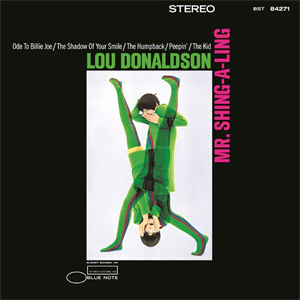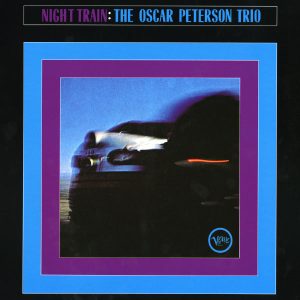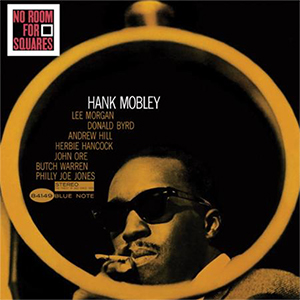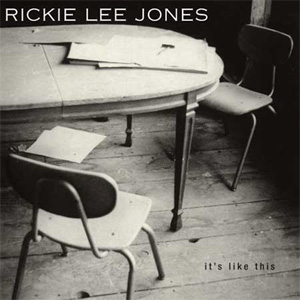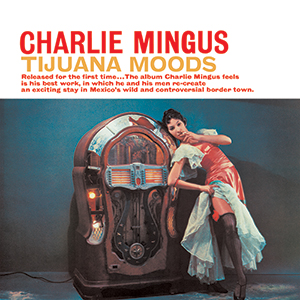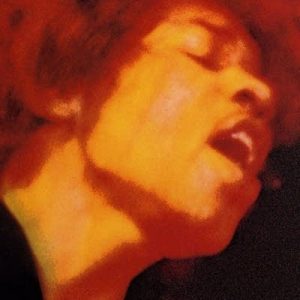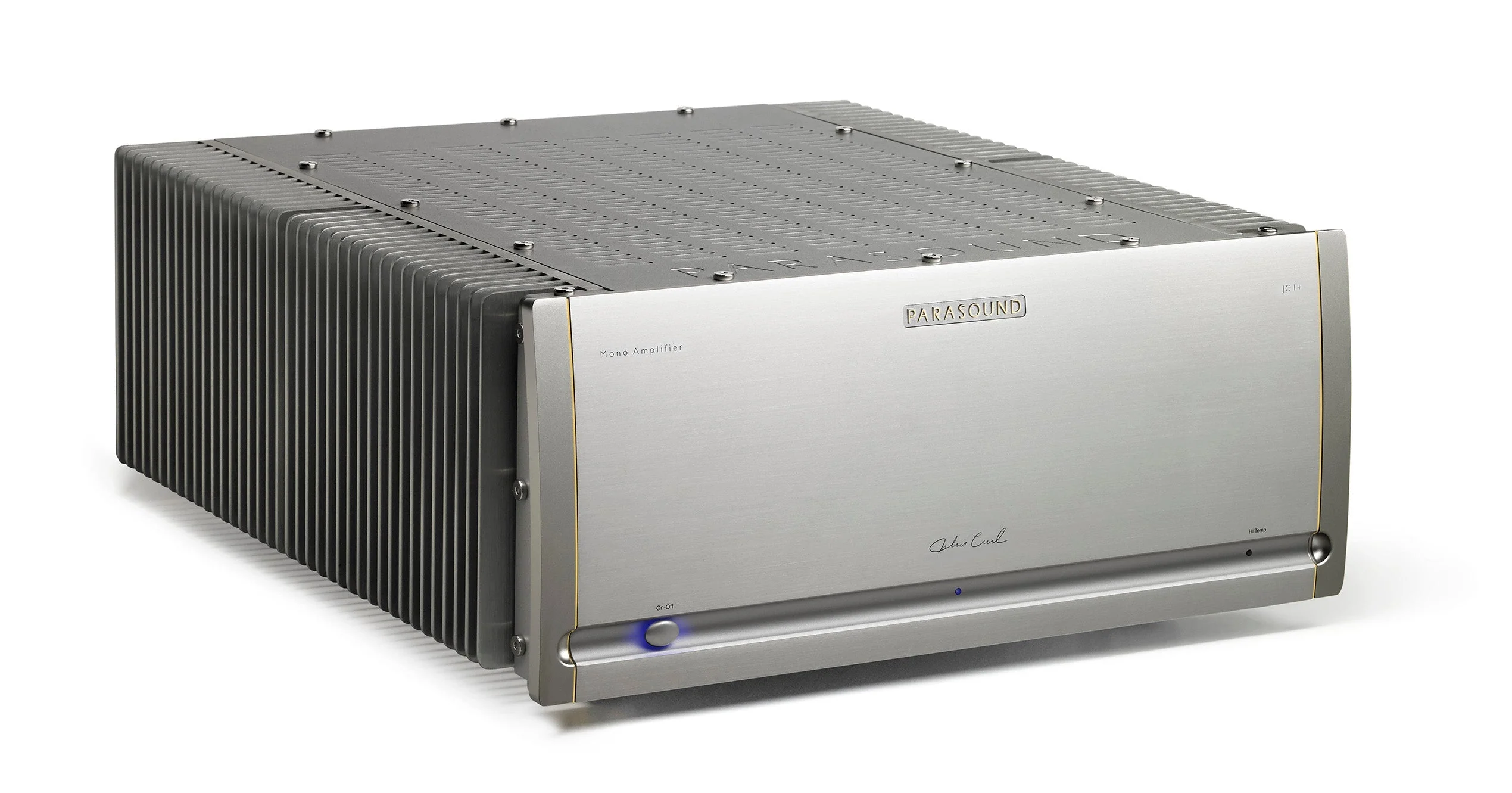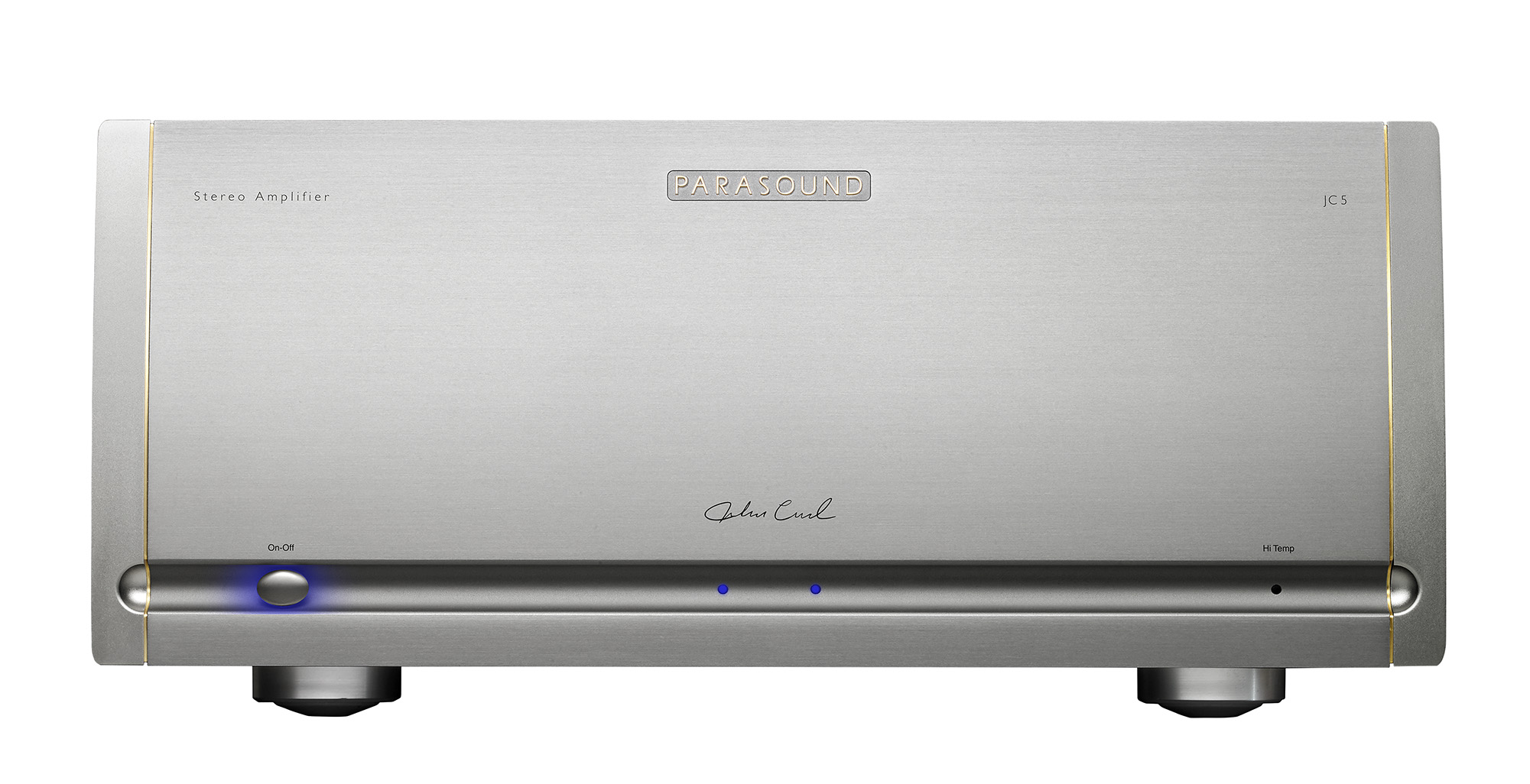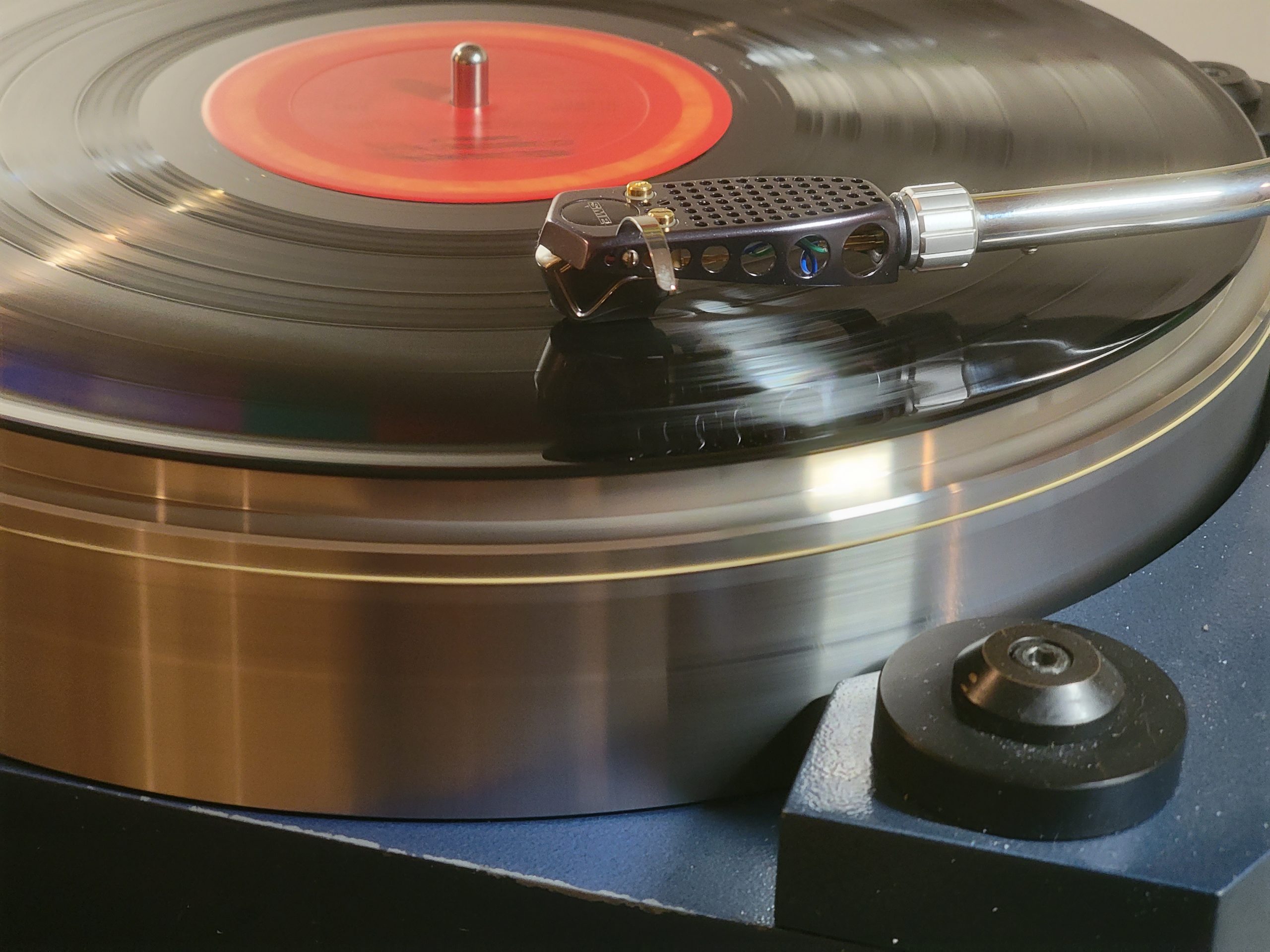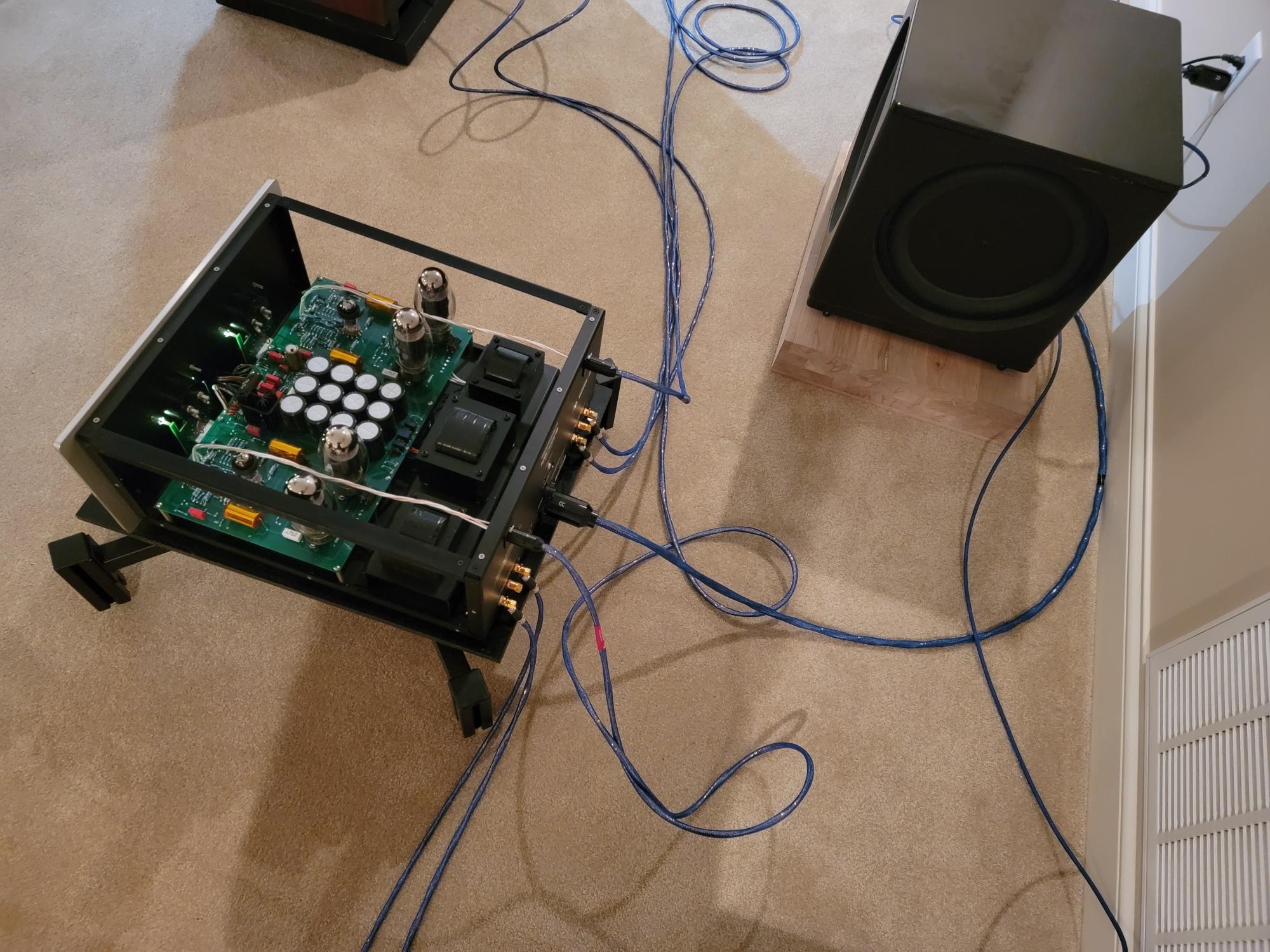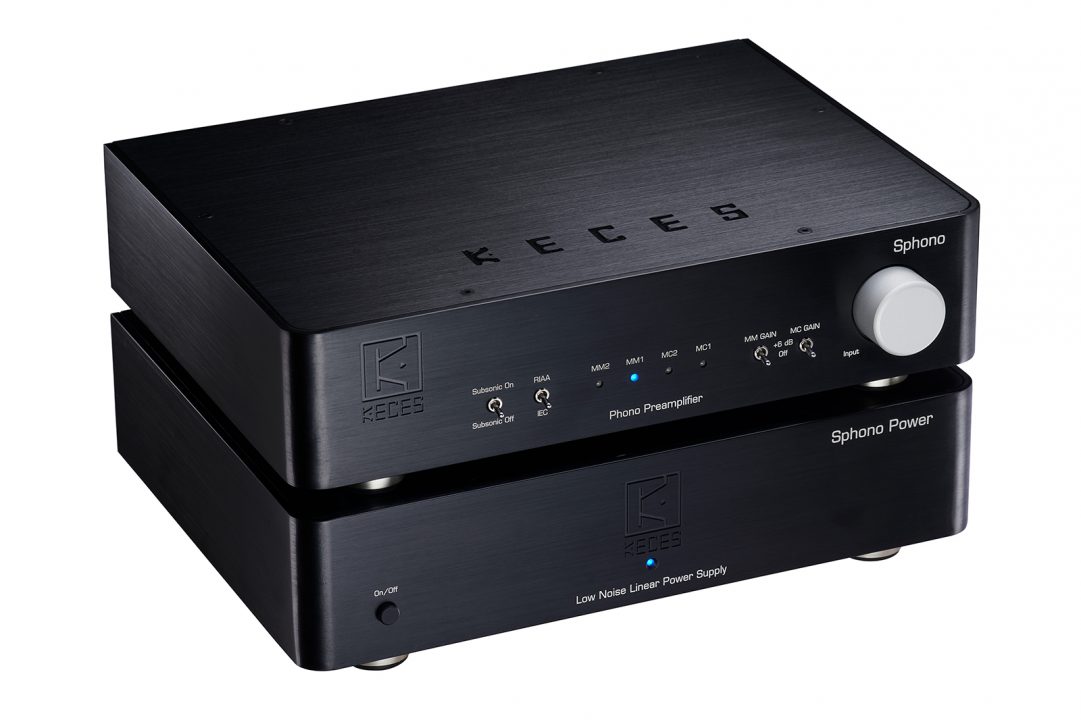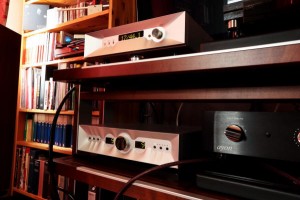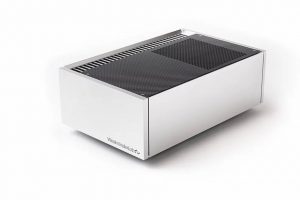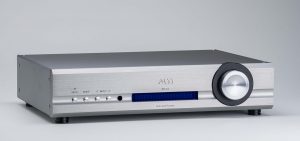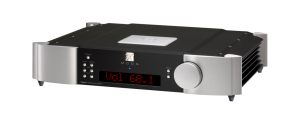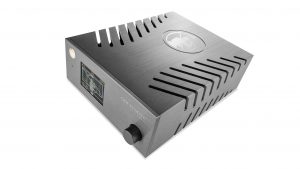Phono preamplifiers come in all shapes and sizes and with varying amounts of user adjustability and convenience. The ARC Ref 3 phono preamplifier is hands down the smartest phono section I have ever had the pleasure of using and listening to.
At the bottom of the intelligence pecking order are phono preamplifiers that only have moving magnet (mm) inputs with fixed gain and loading set at 47k ohms. The next step up is a phono preamplifier that has both mm and moving coil (mc) inputs with adjustments for gain and loading. It's common to have phono preamplifiers that require the user to remove the top cover and change the settings via dip switches or sometimes actually plugging different resistors into sockets on the circuit board. Further up the ladder we have phono preamplifiers that have all user adjustments located on the back panel for added user convenience. The next rung up on the ladder has phono preamplifiers that have moved all of the user adjustments to the front panel. This means you no longer have to get on your hands and knees, crane your head around your equipment rack, and then flip switches and turn knobs. Most of these preamplifiers have no remotes and no display screen.
My current phono preamplifier is the Zesto Andros 1.2 which falls into the camp of having a large number of user adjustments on the back panel and no remote. My phono section before the Andros 1.2 was the Krell KPE Ref which fell into the camp of having to remove the top cover to access banks of dip switches to change gain and loading. And then there is the ARC Ref 3…
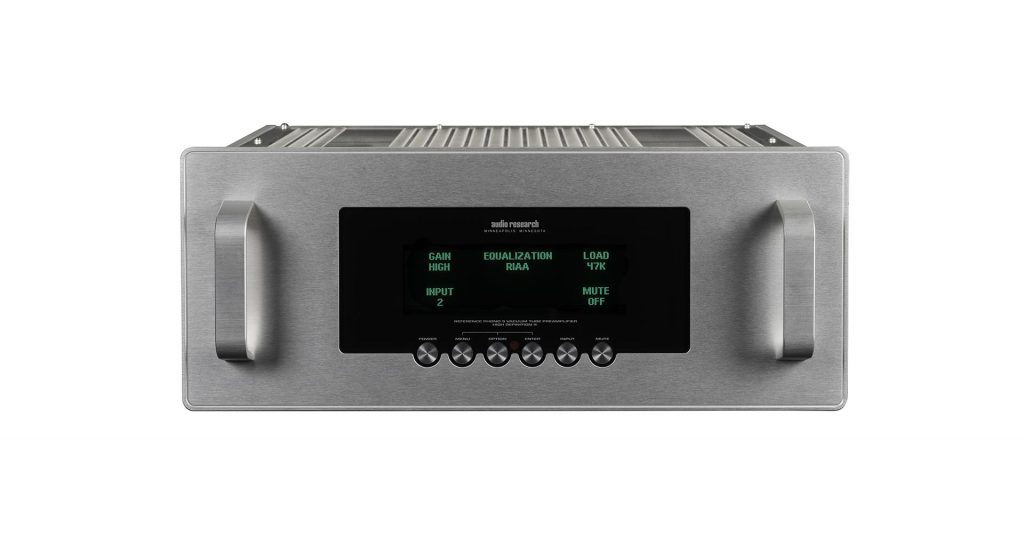
The ARC Ref 3 phono is a world away from every other phono preamplifier that has graced my listening rooms over the years. The front of the ARC Ref 3 phono has a large vacuum fluorescent display which shows every parameter that you have control over and there are so many parameters available that it would require regurgitating the entire owner's manual to list them all. The default display parameters show which equalization curve you have set for each input selected (input 1 or input 2). There are three different equalization curves to choose from-RIAA, COLUMBIA, and DECCA. The display also shows which input you have selected, what your loading is set at, and whether you have selected high or low gain. After that, you have a menu tree that allows you to drill down and make other changes such as turning the auto shutoff feature off (it comes from the factory set for auto shutoff after two hours of sitting idle) or resetting your tube hour meter to zero after installing a new set of tubes.
The Ref 3 phono also has a row of push button switches on the front panel that mimic the look of the Ref 6 line stage. Those buttons from left to right are power, menu, option, enter, input, and mute. Because the Ref 3 phono has a very smart remote interfacing with a very smart phono section, you will find that your rarely if ever will use the front panel buttons because all of these parameters are on the remote. From the comfort of your listening chair and with the remote in your hand, you can check your tube hours, change the input, change the gain, change the loading from 50, 100, 200, 500, 1000, and 47k ohms, select your equalization curve, change the display brightness through six different levels (or dim it completely), mute or unmute, and turn the power on and off. There is also a menu button and an option button that allows you to step through the menu tree to make additional changes.
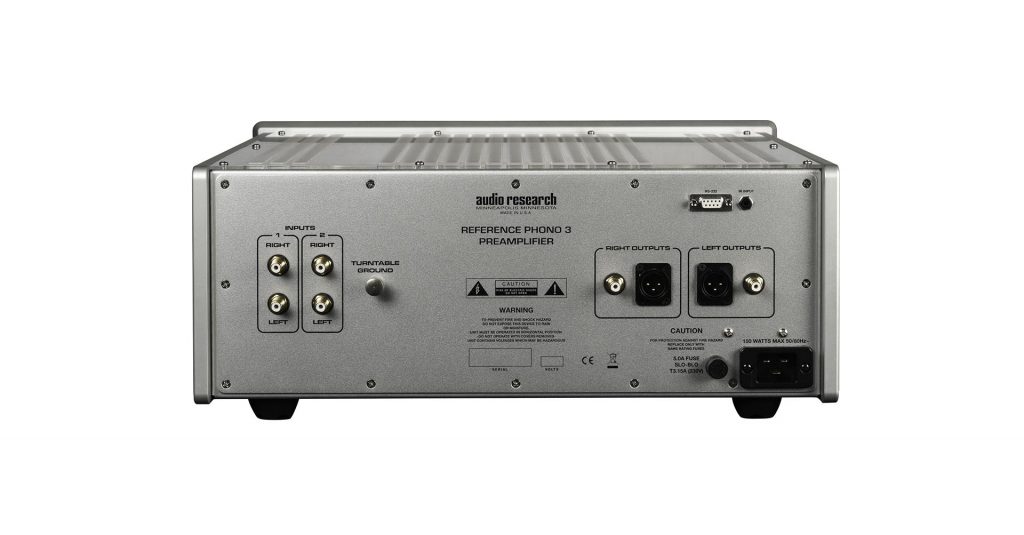
On the back panel, the Ref 3 has two sets of single ended RCA phono inputs with one shared ground lug and two sets of outputs (one balanced and one single ended). The rest of the rear panel contains a 20A IEC inlet and a 5A slow blow fuse.
One other great feature the Ref 3 phono has is each phono input is adjustable to match the gain and loading for the cartridges you are using and those settings are retained in memory for each input. Since I am currently running two turntables with two different cartridges, this feature is very handy. I currently have the VPI Avenger with the 12" 3D printed arm with a Dynavector XV-1S cartridge. My other table is the Technics SP-10 MKII with an SME 3012R arm and the Etna SL cartridge. What a pleasure it is when I want to switch from one table to the other and all I have to do is select either input 1 or input 2 and my gain and load settings are already set. This beats the snot out of having to get down on your hands and knees, reach behind the phono preamplifier, unplug one of the turntables because you only have one input for mc cartridges, plug in the other table, and then change the loading before you can return to the comfort of your listening chair.
As I said earlier, the Ref 3 allows you run it in either balanced mode or single ended mode. I did run the Ref 3 initially in single ended mode so I could hear the difference between the two, but once I switched to balanced mode that ended the discussion for which mode I would run the Ref 3 in. Balanced mode was clearly the sonic winner for me. Since I own the ARC Ref 6 and the ARC Ref 75 and they are both run in balanced mode, this shouldn't come as a surprise. There is also a gain benefit for using the balanced mode of the Ref 3 phono because you get an additional 6dB of gain on both the low and high gain choices. In the balanced mode, low gain is 51dB and high gain is 73dB. If you use the SE outputs of the Ref 3, gain drops to 45dB in low gain and 67dB in high gain. In my experience of using low output mc cartridges, having lots of clean gain available is required to make the music come to life and having 6dB more of clean gain is huge.
Here are the specs for the Ref 3 phono from the ARC website:
Specifications
- Frequency Response: ±.2 dB of RIAA, 10 Hz to 60kHz; 3 dB points below 0.3Hz and above 300 kHz.
- Distortion: Less than .002% at 1.0V RMS 1kHz output.
- Gain: Selectable 51 dB (Low) and 73 dB (High) at 1kHz BAL; 45 dB (Low) and 67 dB (High) at 1kHz SE. (MC and MM compatible).
- Input Impedance: 47k Ohms and 100 pF SE.
- Selectable loads: 1000, 500, 200, 100, 50 Ohms, and Custom.
- Output Impedance: 400 ohms Balanced, 200 ohms SE. Recommended load 50k-100k Ohms and 100 pF. (10k Ohms minimum and 2000 pF maximum).
- Output Polarity: Non-inverting.
- Phono Equalization: (selectable) RIAA, Columbia, and Decca.
- Maximum Input: 250 mV RMS at 1kHz (680 mV RMS at 10kHz) – Low Gain.
- Rated Outputs: 2V RMS (1V RMS SE) into 200K ohm balanced load (maximum balanced output capability is 30V RMS at less than 0.5% THD at 1kHz).
- Controls: 6 Push Buttons: Power, Menu, Option, Enter, Input, Mute.
- Power Supplies: Electronically regulated low and high voltage supplies. Automatic 2 minute warm-up/brown-out mute. Line regulation better than .01%.
- Noise: 0.28 µV equivalent input noise, IHF weighted. Shorted (Low Gain) input (71 dB below 1mV 1kHz input). 0.082 µV equivalent input noise (High Gain). (62 dB below 0.1 mV 1kHz input).
- Tube Complement: (6)-6H30P dual triodes, plus (1 each) 6550WE and 6H30P in power supply.
- Power Requirements: 100-135VAC 60Hz (200-270VAC 50/60Hz) 130 watts.
- Standby: 2 watts.
- Dimensions: Width 19" (48 cm), Height 7.8" (19.8 cm), Depth 16.5" (41.9 cm). Handles extend 1.6" (4 cm) forward of the front panel.
- Weight: 36.5 lbs. (16.6 kg) Net; 53 lbs. (24 kg) Shipping.
Like the Ref 6 which also uses a 6550 in the power supply, the Ref 3 runs pretty warm so you need to pay heed to the ventilation requirements in the owner's manual which states you need between 6"- 8" from the top of the Ref 3 to the top of the shelf above the Ref 3. There are a total of eight tubes in the Ref 3. There are six 6H30 tubes in the audio stage, and one 6550 and one 6H30 in the power supply. Since I am running the Ref 3 and the Ref 6 side by side on the middle shelf of my SRA rack, the twins are putting out some BTUs.
I listened to a lot of different music through the Ref 3 phono. I'm sure many of you have heard of the saying "pickin' and grinnin'." Listening to the Ref 3 is listenin' and grinnin'. Like my Ref 6 and Ref 75, I find the Ref 3 does not have a sonic thumbprint that it stamps on every piece of music played through it. Rather, the Ref 3 phono has a purity of sound just like the Ref 6 and Ref 75 and it simply gets out of the way of the music and tells you the truth about the quality of your recordings.
The Ref 3 put more daylight between my Technics SP-10 MKII and the VPI Avenger and laid bare in clear relief the sonic differences between the tables. The VPI Avenger has a weight and scale to the sound that eludes the SP-10 MKII. While the Zesto Andros 1.2 clearly showed there was a difference between the two turntable setups and the VPI Avenger was on top, the Ref 3 shows just how big the differences really are.
For the purpose of this review, all of my music listed below was while listening through the VPI Avenger, VPI 12" 3D printed arm, and the Dynavector XV-1S cartridge into the Ref 3. The rest of the system includes my Ref 6 line stage, Ref 75 power amp, JBL 4345 speakers, and a pair of Definitive Technology subs.
A great LP that our own Myles Astor turned me on to was Lou Donaldson Mr. SHING-A-LING (Blue Note BST 84271 Tone Poet Series). My notes from listening to "PEEPIN" on Side 2 set a theme for what I heard from the Ref 3 during the review. Although this is a studio recording, it sounds like a live recording minus the audience noise. The Hammond B3 sounds so real you feel like you are there. I jotted down that the Ref 3 brings more gravitas to the sound. The sound is just bigger, wider, deeper and more majestic in scale. With great recordings, all of the instruments are dialed up in their realism level. Oh, and the drum work captured on this cut is exquisite in terms of both dynamics and tonality.
I noticed the same ability for the Ref 3 to bring drums to life while listening to The Oscar Peterson Trio Night Train (WaxTime 771834). The cut "C JAM Blues" swings. The drums and cymbals sound great because of the dynamic swings. The Ref 3 excels at both micro and macro dynamics with all of the attack and decay that you would expect to hear from a well recorded drum kit. Again the words "purity" and "gestalt" are written in my notes.
Listening to Hank Mobley No Room For Squares (Blue Note 84149 AP reissue) was another drum kit ear opener on the cut "Three Way Split." I jotted down that the drums sounded phenomenally real and the drum solo sounded like something you would expect from a great Direct to Disc recording. The dynamic range captured on this LP and played back through the Ref 3 was simply off the charts in terms of realism and giving you a large dose of what a drum kit really sounds like live.
Moving on to Rickie Lee Jones IT'S LIKE THIS (AP 51056 45rpm), listening to "SHOW BIZ KIDS" was a blast. This is one of those "Wow!" recordings and man does it sound big and bold through the Ref 3. Ricky Lee Jones vocals sound lush and real. The soundstage is big and the bottom end of this recording is powerful. You can feel the bass pressurize your room and pulse through you. The Ref 3 has excellent extension into the bottom octave and it will reproduce bass with the tonality, extension, and power that it was recorded with.
Next up was Charles Mingus TIJUANA MOODS (RCA LSP-2533), listening to "DIZZY MOODS" was lots of fun. The acoustic bass sounds real in terms of scale, tonality, and being tight instead of loose and flabby. It's hard to capture the sound of acoustic bass accurately because of the low frequency energy which can easily overload the room/space it is being recorded in. We all probably have examples of this in some of the recordings we own. That's not an issue on this recording. This recording just pops with dynamics and realism and sounds 3 dimensional. My notes said that the Ref 3 should be named the Ref 3D.
Just for fun, I put on my reissue of Jimi Hendrix Experience Electric Ladyland (The Authorized Hendrix Family Edition). "Still Dreaming" took on a new level of sounding psychedelic through the Ref 3. It's just a trippy song that Hendrix takes you on a ride with. My notes from "House Burning Down" say that this is Jimi at his finest on both writing lyrics and slaying the guitar with lots of effects. Some of the phase effects are way outside the boundaries of your speakers and the wall behind them. The sound was literally wrapping around the sides of my room. Listening to this recording through the Ref 3 was the best I have ever heard it.
The Ref 3 excels at defining the boundaries of the soundstage in terms of height, width, and depth. The Ref 3 also sharply defines where everyone is placed within that soundstage which increases the realism. With great recordings, the Ref 3 just sounds like it has limitless dynamics. I literally wrote those words down in capital letters after listening to Sonny Rollins WAY OUT WEST (AP APJ 008). Knowing this album was recorded in 1957 is mind blowing because this album is phenomenal sounding. Again, the words 3D pop into my notes. Every instrument sounds so real and with proper scale. Sonny's Sax is life-size and so is he. Oh, and the sound of the drums captured on this LP is second to none.
The Ref 3 phono is without a doubt the finest sounding phono preamplifier I have ever heard in my system. The Ref 3 for me represents a teleportation device that takes you back to the time and place of the recordings and brings them to life in front of your eyes and ears. It is a "you are there" perspective vice a "they are here" perspective. All instruments played through the Ref 3 assuming they were well recorded are realistically scaled and have an uncanny realism and purity to the sound. I know I talked a lot about the sound of drums through the Ref 3. That's because I was constantly amazed at how much better drums sounded through the Ref 3 in terms of size, dynamics, decay, tonal shading, and overall realism which is very hard to capture accurately. If your recordings captured that sound, the Ref 3 will reproduce it assuming the rest of your gear and your room is up to the task.
At the end of my review period with the Ref 3, I decided I couldn't let it go. I bought the review sample.
Audio Research Reference Phono 3 Phono Stage
Retail: $15,000
Audio Research Corporation
6655 Wedgwood Rd. N
Ste. 115
Maple Grove, MN 55311
763.577.9700




